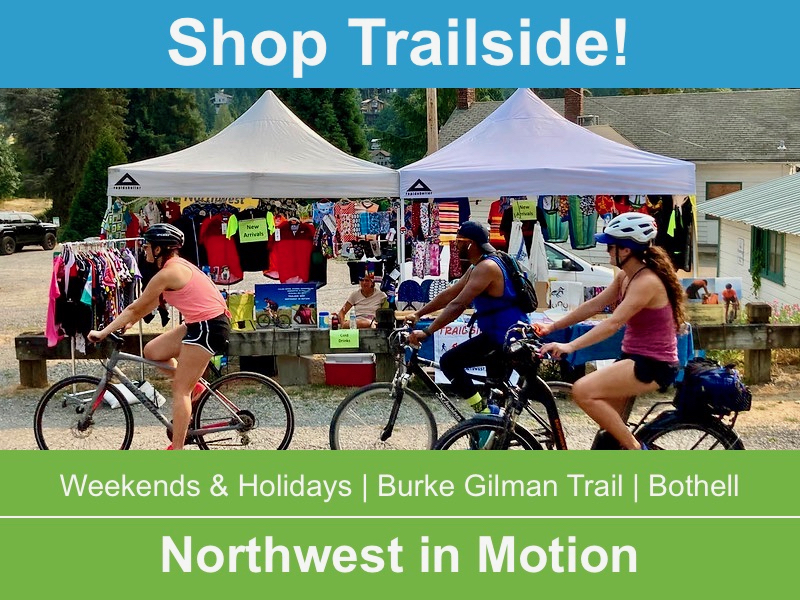As the summer of 2016 waned, I realized it had been over a year since I had ridden with the Seattle International Randonneurs. I sent an email to the Randonneurs’ president Mark Thomas saying I urgently needed to maintain a glimmer of Rando credibility: “When can we ride?”
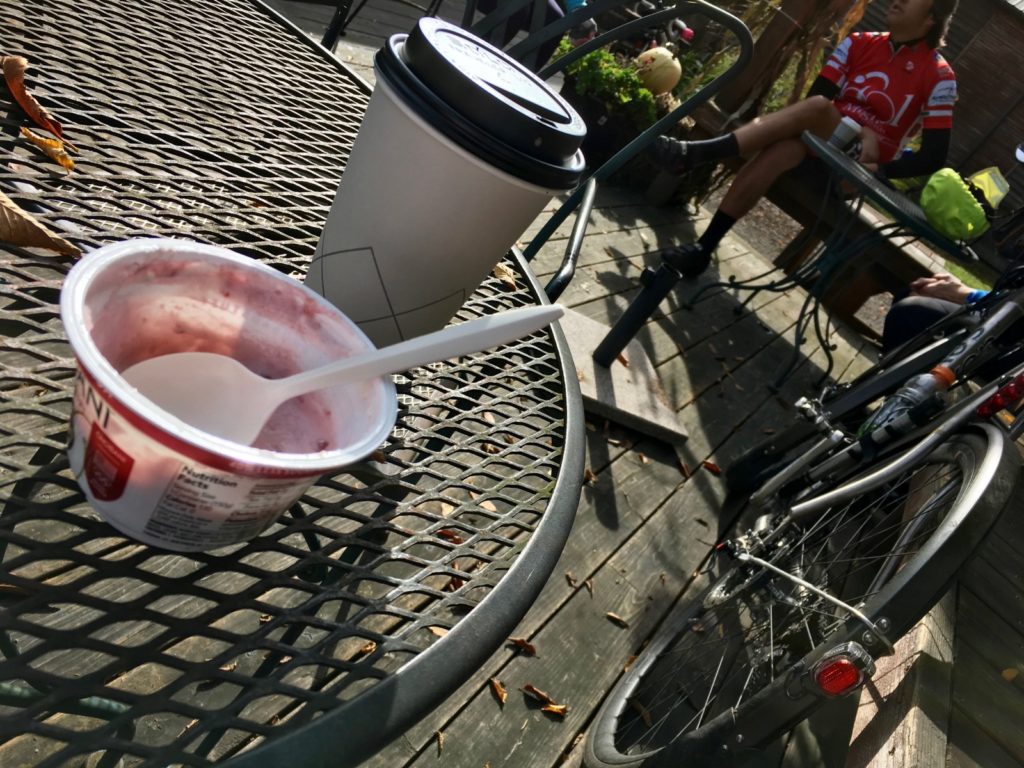
Mark’s response came from some faraway location, while he was mid-way through one of his many annual 1200km Randonneuring rides: “Join our Autumn Dart Populaire team.” Based on our email exchange, he named the team “Glimmer of Cred.”
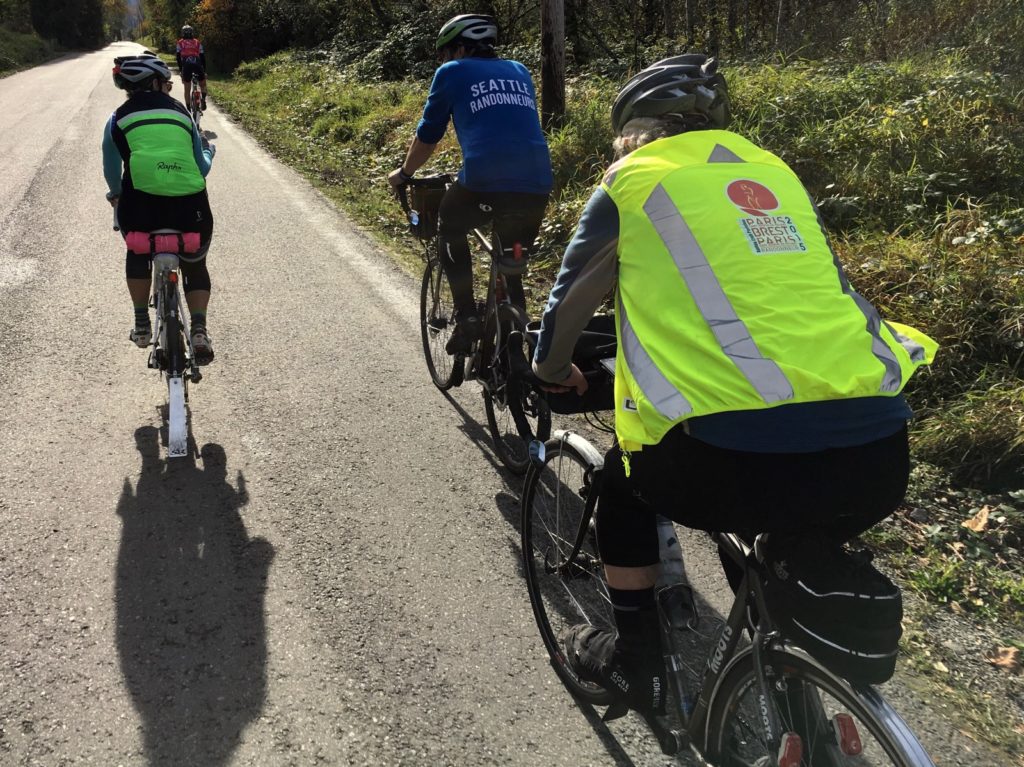
It’s hard to keep track of Mark’s cycling adventures. He participates in numerous 1200km brevets every year, all over the globe. His social stream might be filled with images from North Carolina for a week, then two weeks later he’s posting from Japan. Or New Zealand. Or Europe.
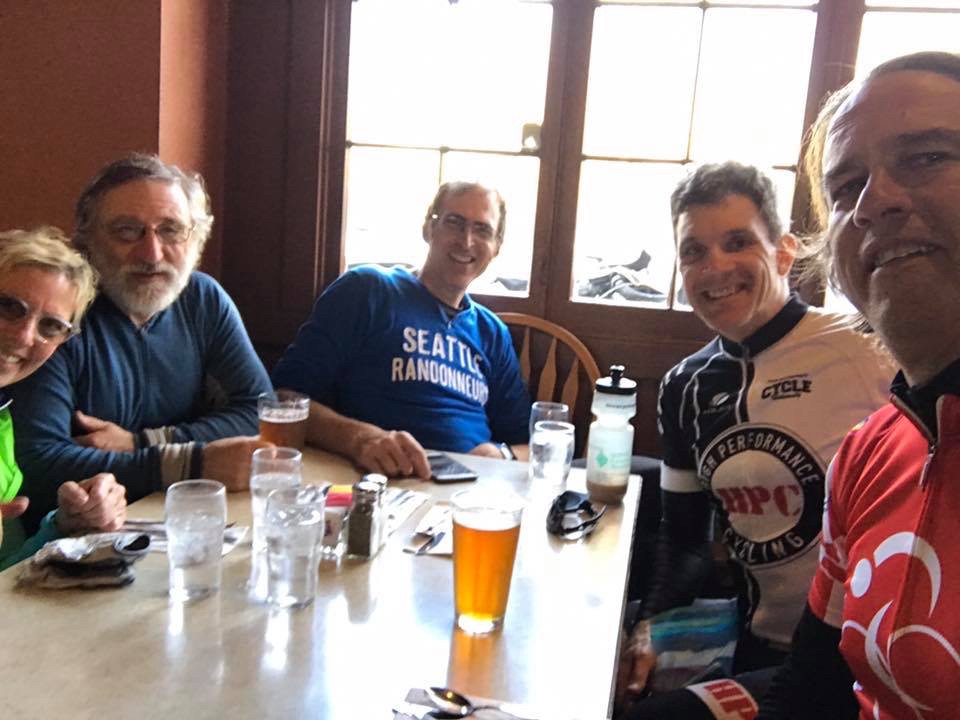
As one of the healthiest cities in the US, Seattle is home to the complete spectrum of the tribes of cycling: commuters, anarchists, hipsters, recreationalists, roadies, mtb-ers, racers, tracksters…and at an extreme of the cycling continuum…randonneurs.
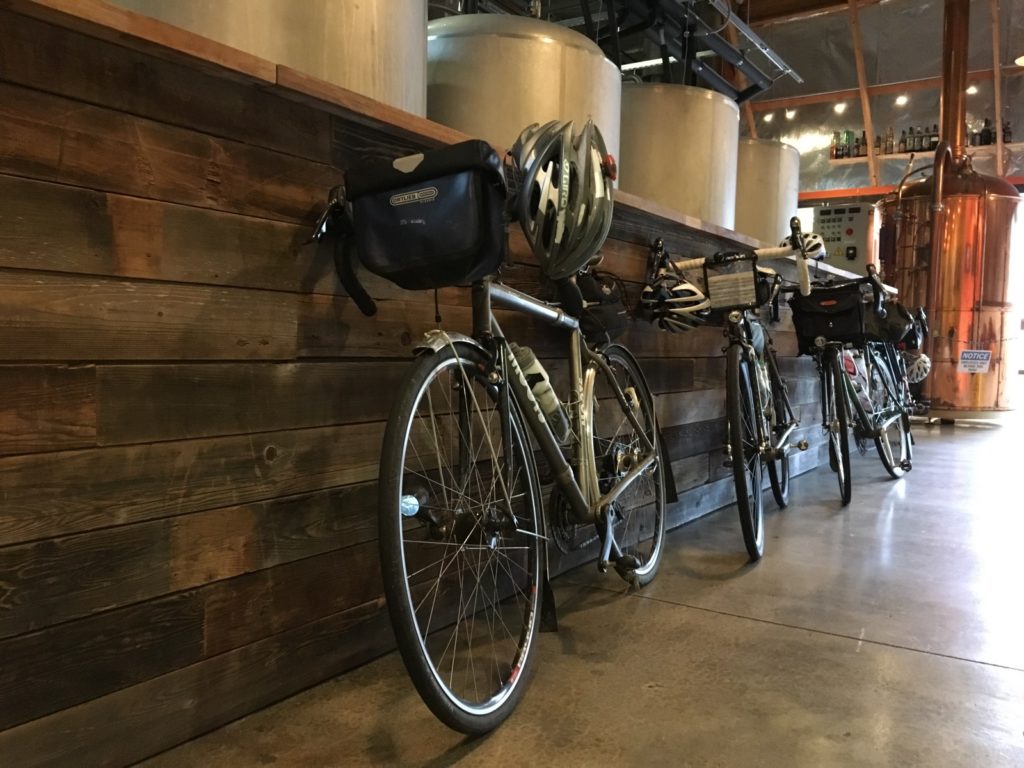
Randonnuering can be loosely defined as “long distance self-sufficient cycling.” Randonneuring events range in length from 100km to over 1200km completed over a defined route within time limits via control points along the way. Participants can only receive support at the control points, and each rider must be prepared for mechanical mishaps, changes in weather, or whatever misfortunes may occur during the ride. Randonneuring events are considered non-competitive and are often characterized by cooperation and camaraderie between riders. But in reality every rando’s objectives vary: For some the focus is on long distance touring, while for others it’s about going fast over long distances. For serious enthusiasts, sleep deprivation, and its logical consequence, ditch naps, are often part of the experience.
I never really know what I’m in for on a ride with Mark, but whatever it is, it involves randonneuring rules, proof of arrival at the checkpoints, and randonneuring credits, of which I accumulate a bare minimum. Although the rando creed emphasizes “self-sufficiency,” Mark cuts me slack when it comes to some of the paperwork details.
As we chatted during the beginning of the ride, he explained that this Dart ride was at the fun end of the spectrum. The objective was for each team to ride a self-created route of 120km between the start time of 8:00AM and the finish time of 4:00PM. At least 25km of the total distance had to be ridden between 2 and 4PM, which meant that the average pace was relatively slow. As a team event, each team had to have between 3–5 “machines” (individual bikes or tandems), and we had to ride as a group. The ride culminated at Chainline Brewing in Kirkland, WA, where event participants converged to celebrate and commiserate.
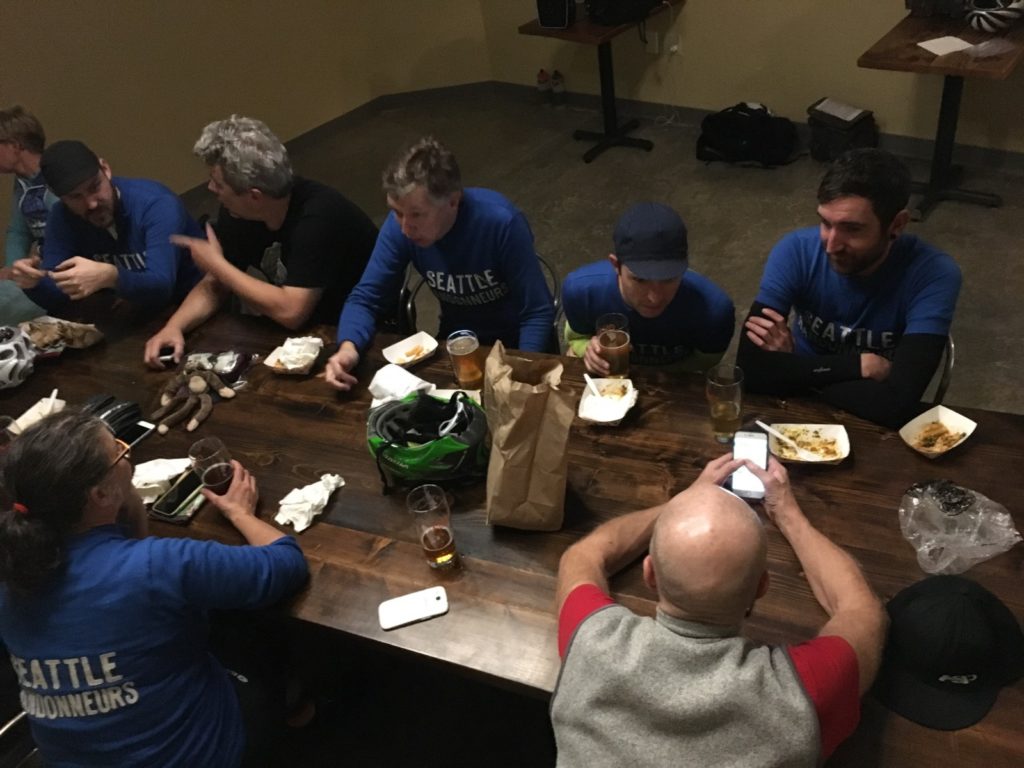
The ride began with about an hour of light rain, but unfortunately my rain bike was out of commission and I was rolling fenderless. Here in the Pacific Northwest it’s generally considered poor form to join a wet group ride without fenders and buddy flaps. As water sprayed off my spinning wheels and into my teammates’ faces I remembered that time Mark explained to me how the randos have a “big tent.” Embarrassed, I thought: “the randos may very well have a big tent, but you still need to know when to bring fenders.”
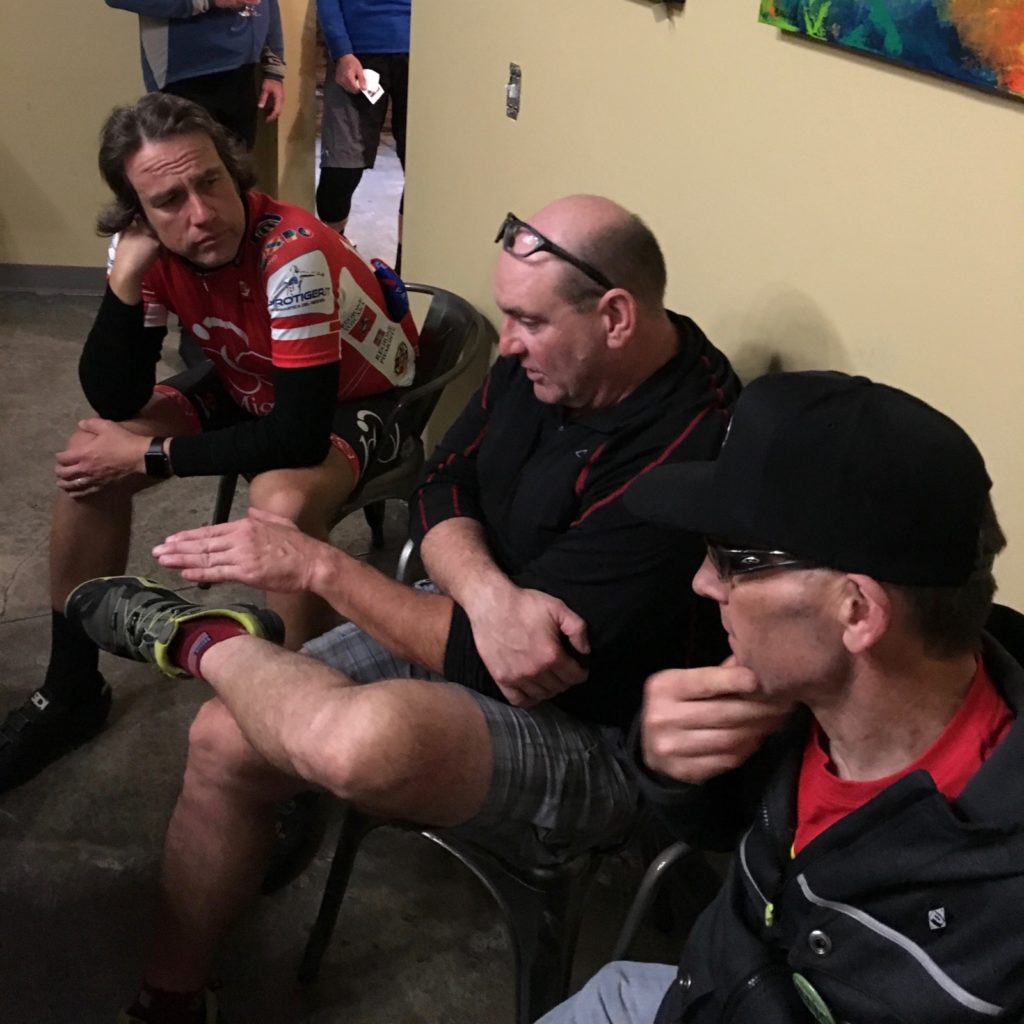
We had about seven hours to complete our 120km (~75 miles) route, which works out to an average of about 12 mph. No problem! In fact, Mark planned two coffee stops plus lunch to make sure we stayed on pace. To finish the final 25km within the allotted time period we departed the lunch stop in Fall City promptly at 2PM. The route was relatively flat, and except for the times when my teammates avoided the water spraying off my tires during the morning, we stayed in close proximity the entire ride. There were two longish climbs and we regrouped at the tops of those.
We arrived at Chainline close to 4PM, just as most of the other teams were also arriving. Participants celebrated with beverages and snacks from a food truck parked outside the brewery.
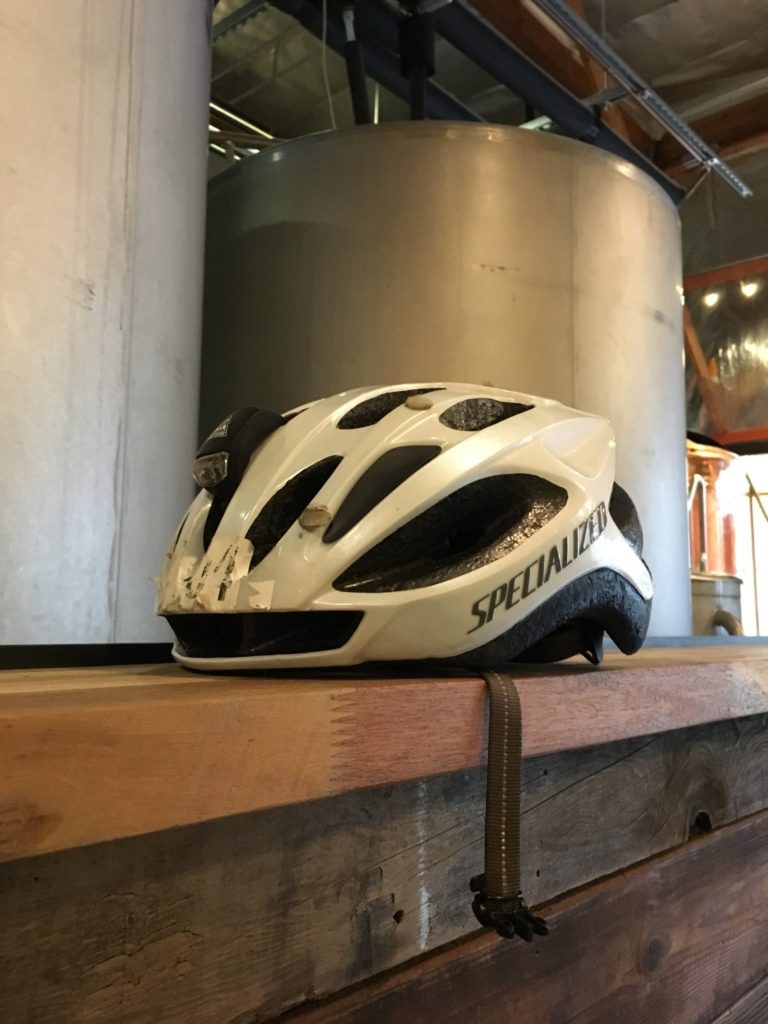
Although the randonneurs have a well-deserved reputation for their audacious rides, the members, at least here in the Seattle area, are much less “intense” than you might expect. Yes, almost every rando is in it to ride long distances, but events like the Dart are a welcoming and friendly entry point. If you can do a double-century (2oo mile) ride in a day and are looking for new challenges, randonneuring’s “big tent” might just be for you.
